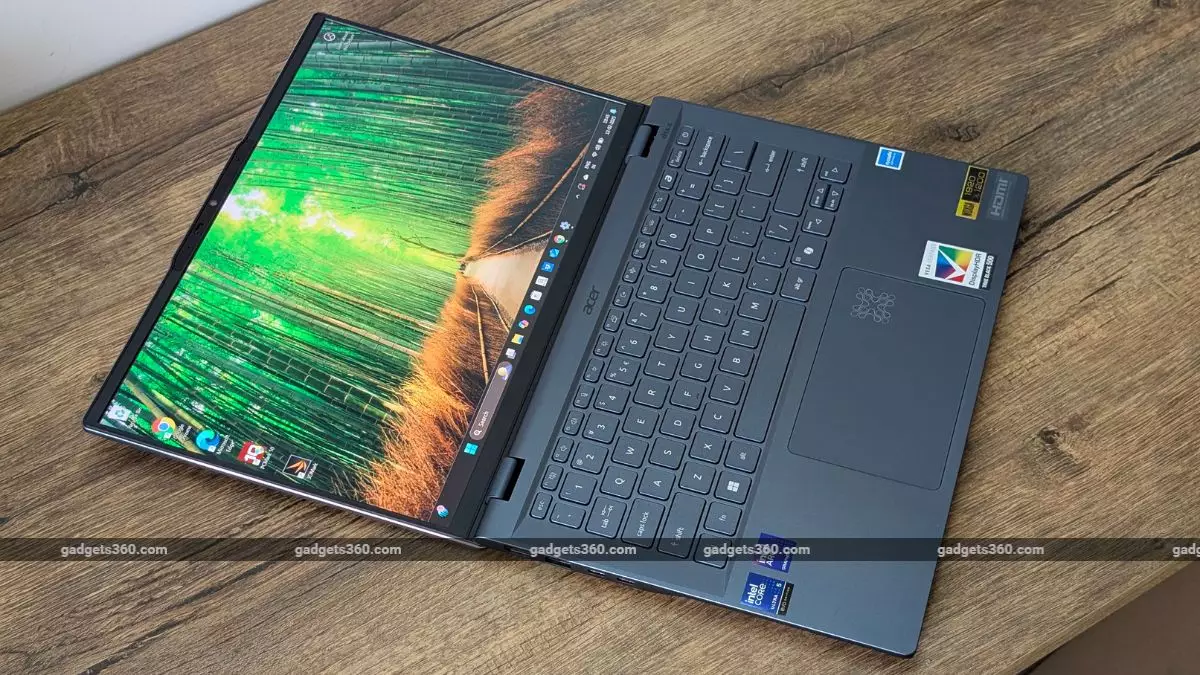The Indian personal computer market has dramatically surged, showcasing an impressive 8% growth in the first quarter of 2025. Such figures, as illuminated by the IDC report, reveal not just a rebound but a potentially transformative shift within the industry landscape. This recovery is particularly intriguing considering the duality of market trends; while overall PC shipments have thrived, the desktop category has experienced a noted decline. Such contradictions prompt a deeper analysis of the market dynamics at play.
The report reveals that HP stands at the forefront, capturing a commanding share of 29.1%. While traditional competitors like Lenovo and Dell populate the second and third spots, this new hierarchy unveils the shifting loyalty of consumers and businesses alike. The broadening of preferences suggests an ongoing evolution in the technology sphere, with insights hinting at a pivot towards mobility and flexibility offered by notebooks and workstations.
Consumer and Enterprise Demand Driving Change
One cannot ignore the vital role that both consumer and enterprise demands play in fortifying this growth. With a remarkable 13.8% year-over-year increase in notebook shipments, the market is significantly benefiting from a burgeoning need for portable computing solutions. Furthermore, workstations surged by an astonishing 30.4%. These figures unambiguously articulate a demand that transcends basic computing needs, hinting at heightened expectations for productivity tools that cater to today’s fast-paced digital environment.
Particularly noteworthy is HP’s performance within the commercial sector, where it achieved an astounding 32.7% market share—an increase largely attributed to sizeable enterprise orders. This underscores a trend where businesses are upgrading their IT infrastructures. However, the cautious stance within the Indian IT/ITES sectors could signal potential instability beneath the surface. Enterprises appear keen on modernizing but remain reticent, compelled to maximize existing IT assets before committing to new investments.
The Unexpected Rise of AI Notebooks
Amid this resurgence, the most compelling narrative emerges from the remarkable growth of AI notebooks, which exploded by over 185%. Such a staggering figure is representative not only of technological advancement but also reflects a growing acknowledgment within the corporate sphere regarding the potential of artificial intelligence in augmenting productivity levels. The statement by IDC’s associate vice president, Navkendar Singh, encapsulates this sentiment: organizations are rapidly adapting to integrate AI capabilities into their operational frameworks, heralding a future where productivity and security are no longer afterthoughts but prerequisites.
Despite this positive trajectory, one must remain vigilant to the pitfalls that accompany rapid growth. The juxtaposition of burgeoning sectors like AI-powered devices against the declining desktop market reveals a troubling over-reliance on specific segments. As consumer behavior shifts and more individuals gravitate towards mobile and AI-enhanced solutions, could we be witnessing a potential stone-cold risk to the foundational desktop segment?
Challenges Ahead for Major Players
The competition remains fierce; while HP may currently bask in the glory of its dominant market position, emerging players and fluctuating consumer preferences place formidable pressure on all manufacturers. Lenovo and Dell continue to assert their presence, with notable growth in both consumer and commercial segments, hinting at strategies that could destabilize HP’s stronghold. Additionally, Acer and Asus are not to be disregarded; their recent gains indicate that, in a fiercely competitive landscape, success hinges on more than just market share—it requires incessant innovation and adaptable marketing strategies.
As we navigate through this evolving narrative, it is essential that these companies do not succumb to complacency. The tech industry is ruthless; those who fail to anticipate consumer demands or address shifting preferences may quickly find themselves on the sidelines. The echoes of the past reinforce this sobering reality: history has taught us that today’s giants can quickly become tomorrow’s has-beens.
While India’s PC market is currently thriving, stakeholders must keep a watchful eye on the underlying trends and challenges that accompany this promising growth. Strong consumer demand indicates a robust recovery; however, the shadows of caution—amid potential pitfalls—remain ever-present. The future is not guaranteed; it’s a territory waiting to be navigated with dexterity and foresight.



Leave a Reply